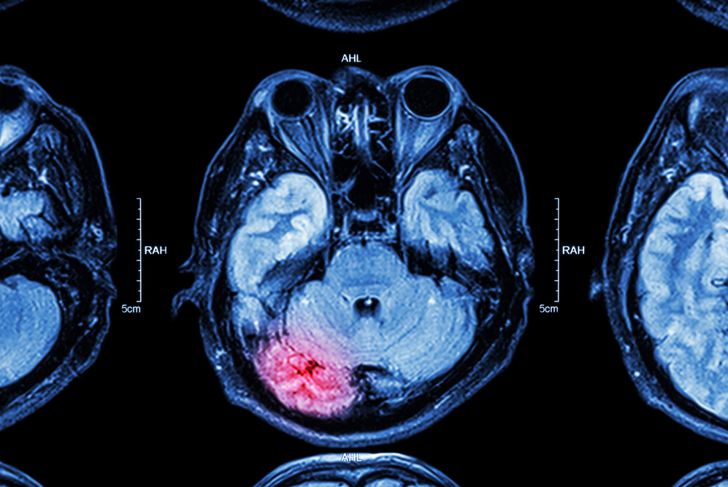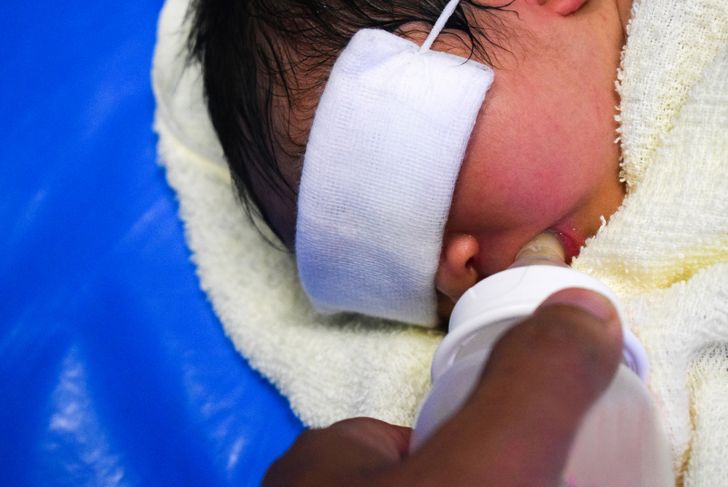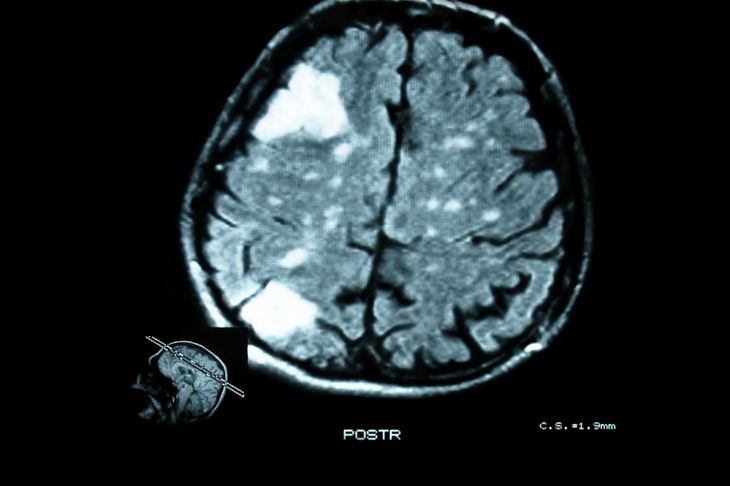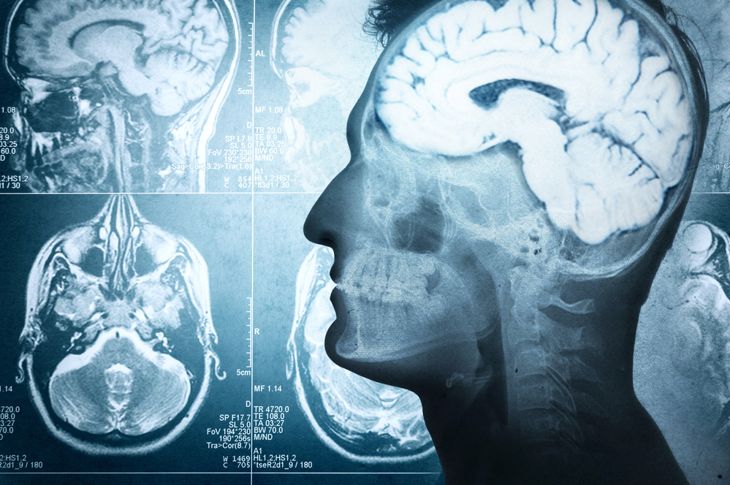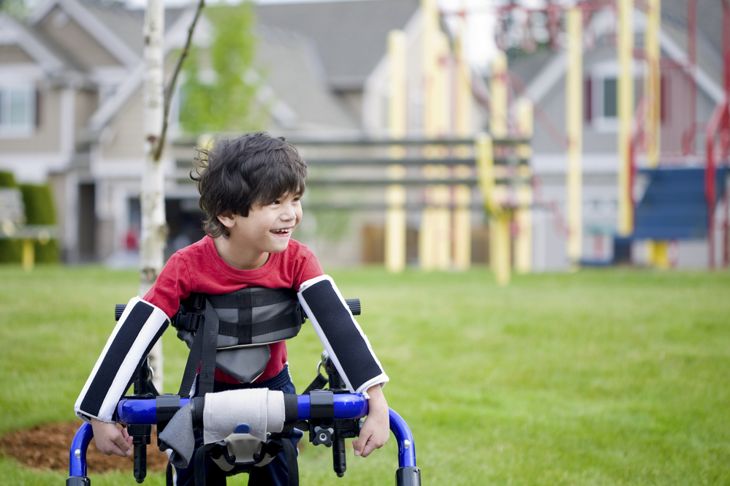Cerebral palsy is caused by brain injury, usually before birth while the infant’s brain is still developing. It can also be caused during or immediately after birth. Often, symptoms can cause severe interference in daily life, which is why it’s fundamental to treat possible causes as soon as possible. The specific cause depends on the location of the brain injury, the extent of the damage, as well as when it occurred.
Brain Injury
The most common cause is a brain injury that takes place during the developmental phase of the brain. Brain injury can occur both during birth as well as before or slightly after. One of the consequences of brain injury is the development of cerebral palsy in the patient, affecting things like muscle control, muscle coordination and muscle tone. Brain injury may also affect posture and balance. Some patients can have difficulty speaking. The overall impact of the brain injury will determine the severity of the symptoms.
Jaundice
Jaundice occurs when there is too much bilirubin in the blood. Under normal circumstances, bilirubin is filtered out from the blood by the liver. However, newborns’ livers often start functioning only a few days after birth. Afterward, the liver starts working regularly. In certain cases, the liver doesn’t start performing its function, causing long-lasting effects on the development of the infant. That’s why it is so important to evaluate the health of a newborn correctly, to ensure adequate function of all organs. If left untreated, jaundice can cause severe brain damage.
Difficulties During Labor
In some cases, it may be caused by difficulties during labor, including an insufficient amount of oxygen during or after birth. Other factors, such as the duration of labor, can cause cerebral palsy. Labor that lasts for more than 18 hours is considered a risk factor in the development of neurological conditions, especially if there is more than one birth taking place.
Infections During Pregnancy
Another common cause has to do with infections during pregnancy. These infections may impair a fetus’s brain development as well as the overall development of the nervous system. Related conditions include German measles as well as herpes-type viruses. There is also a range of other infections that can affect an infant’s’ brain development during pregnancy. Not all infections cause brain damage, but if they do, it is important to treat it as soon as possible to reduce the extent of the damage.
Prematurity
Among the most common causes is premature births. Premature babies have a much higher risk of getting cerebral palsy due to an altered brain development and factors that affect their overall development. Premature babies that weigh under three pounds are 30 times more likely to have cerebral palsy than other healthy babies. One of the most common problems related to premature birth is bleeding in the brain, which can be especially harmful to the delicate tissue of the brain. Destruction of healthy brain cells may also occur.
Brain Lesions
Brain lesion may often be the cause of cerebral palsy. A brain lesion is a defect that occurs from injury or damage to the brain. Diseases may also cause brain lesions. During fetal development, brain lesions can have a significant impact on the overall development of the brain. Many factors may cause brain lesions during this stage, including toxins, asphyxia, and certain infections. Brain tissue death is another consequence of brain lesions. It’s important to treat any infection as soon as possible to reduce the chances of developing cerebral palsy.
Brain Malformations
Brain malformations are largely to blame for the development of cerebral palsy. A brain malformation is a defect that happens during the abnormal development of the brain. Malformations of the brain are most likely to occur during the first 20 weeks of fetal development, although they may occur anytime during the developmental phase. If there is a malformation in the brain, it may affect the development of the brain, and it may also result in abnormal growth or inadequate brain division. To evaluate the health of the brain, different scans can be performed, such as an MRI.
Blood Diseases
Diseases of the blood may cause cerebral palsy to occur. One of the most common diseases of the blood that causes cerebral palsy is known as Rh disease. This condition causes the blood of the fetus and the mother to be incompatible. As a result, jaundice and brain damage may occur, which leads to cerebral palsy. The good thing is that Rh disease can be prevented with an injection during the 28th week of pregnancy. There are also other conditions of the blood, such as thrombophilia (a blood clotting disorder), that may increase the risk of cerebral palsy
Acquired Cerebral Palsy
Not all cases are caused during or before birth. Acquired cerebral palsy refers to the development of the condition within two years of life. In fact, around 10 percent of children with cerebral palsy develop the condition after birth. The cause usually has to do with injury, which usually occurs within two years of birth. Such injuries are often due to infections of the brain, like meningitis. Head injuries are also another culprit that can cause cerebral palsy to develop after birth. It is important to take measures to reduce your child’s risk of developing cerebral palsy
Other Congenital Disabilities
There are numerous other causes of cerebral palsy that are related to certain congenital disabilities. It’s important to know that each case is different, and the symptoms, as well as the extent of the damage, can vary largely between individuals. One of the factors that are most likely to increase the risk is brain malformations, which usually develop before birth. Other things, such as genetic diseases may also increase the chances. Lastly, congenital disabilities of a physical nature may often cause cerebral palsy to develop. Obtaining a precise diagnosis is important for future treatment.

 Home
Home Health
Health Diet & Nutrition
Diet & Nutrition Living Well
Living Well More
More